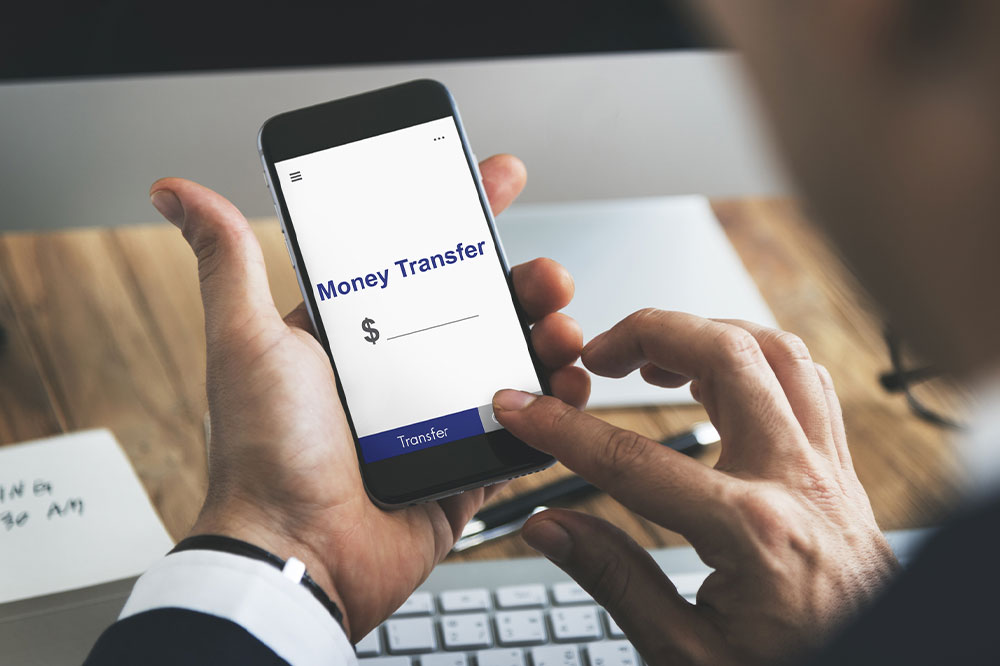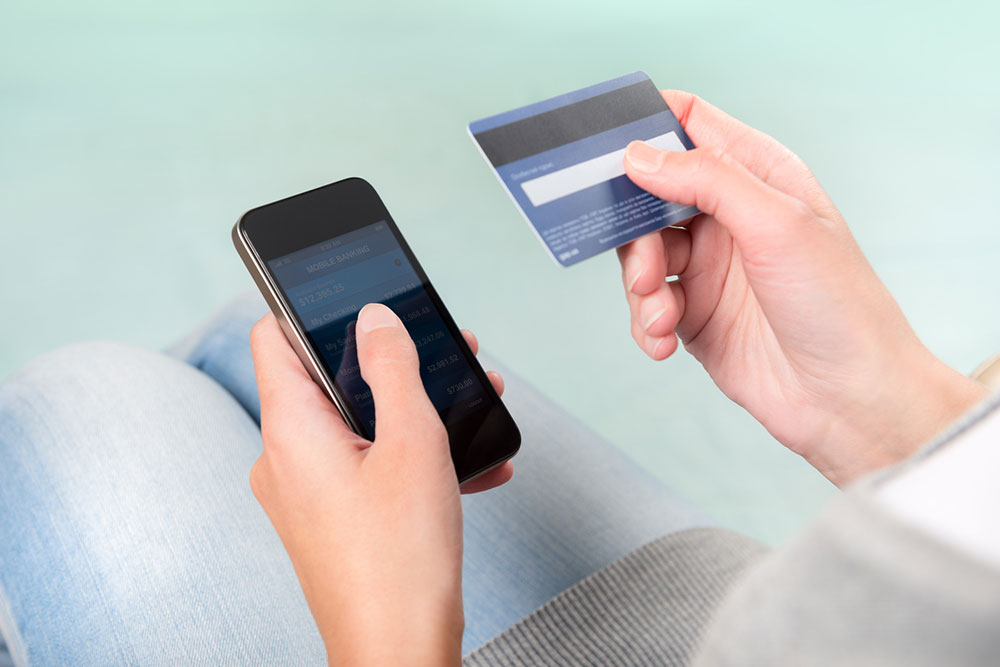Comprehensive Guide to Digital Currency Transfers: Benefits, Risks, and Future Trends
Discover the comprehensive benefits, challenges, and future trends of digital currency transfers. Learn how technological advancements enhance security, speed, and convenience while understanding potential risks like cyber threats and device compatibility issues. This detailed guide explores how digital money transfer platforms are reshaping global finance with innovative features and improved user experiences, supporting both personal and business needs in today's fast-paced economy.

Understanding Digital Currency Transfers: Advantages, Challenges, and Industry Insights
Over the past decade, the way we handle financial transactions has undergone a revolutionary transformation. Traditional methods such as cash, checks, and paper drafts, once the mainstay of money transfer methods, have increasingly given way to digital alternatives that offer unparalleled speed, security, and convenience. The advent of digital currency transfers signifies a new era in finance, driven by technological innovations that make cross-border payments and everyday transactions more accessible than ever before.
Historically, transferring money involved visiting a bank branch, waiting in lines, and dealing with lengthy processing times. Additionally, physical cash or paper-based methods posed security risks and logistical challenges, especially for international transactions. Today, with just a smartphone and internet access, users can transfer funds instantly across the globe, making it easier than ever to send money domestically or internationally. Whether it's paying overseas suppliers, splitting bills with friends, or shopping online, digital transfer platforms are transforming how we manage and move money seamlessly.
Digital money transfer services are celebrated for their speed, security features, and convenience. They allow users to perform transactions anytime and from anywhere, significantly reducing the traditional barriers associated with banking and money management. Moreover, these services come equipped with advanced security measures, user-friendly interfaces, and real-time exchange rate insights that empower consumers to make informed financial decisions. The proliferation of mobile applications further enhances mobility, providing a means to conduct financial dealings discreetly and efficiently on the move.
Advantages of Digital Money Transfers in Today's Economy
Enhanced Security Protocols
Leading digital transfer platforms utilize multi-layered security systems, including encryption, biometric authentication, and tokenization, to protect sensitive user data and transaction details. These measures ensure that your funds and personal information remain secure against cyber threats and hacking attempts. As security standards continue to evolve, trusted companies are adopting cutting-edge technologies that reduce fraud and unauthorized access significantly.
Ease of Use and Accessibility
One of the most attractive aspects of digital currency transfers is their simplicity. Modern interfaces are designed for intuitive use, enabling users of all ages and tech-savviness levels to complete transactions effortlessly. Whether via desktop computers, tablets, or smartphones, completing a transfer involves just a few straightforward steps—selecting the recipient, entering the amount, and confirming the transaction. This user-centric design ensures that even first-time users can navigate digital transfer services confidently.
Speed of Transactions
Gone are the days of waiting several days for bank transfers to clear or for checks to process. Digital transfer services typically complete transactions within minutes, even across borders. International transfers that once took days or weeks can now be finalized in a matter of moments, thanks to real-time processing capabilities and global network integrations. This rapid turnaround is particularly valuable for urgent payments, emergency fund transfers, or business transactions requiring immediate settlement.
Real-Time Exchange Rates and Transparency
When transferring money internationally, understanding current exchange rates is crucial. Modern digital platforms display live rates, allowing users to see exactly how much the recipient will receive and plan accordingly. This transparency minimizes unexpected deductions and ensures that customers are aware of any fluctuations that might impact their transfer amount.
Cost-Effective Solutions
Compared to traditional transfer methods, digital services generally charge lower fees, thanks to reduced processing costs and fewer intermediaries. Many platforms offer competitive or even zero-fee transfers for certain amounts or promotional periods. These cost savings are advantageous for both individuals and businesses looking to optimize their financial outflows and improve overall efficiency.
Mobile Payment and E-wallet Convenience
Mobile payment solutions have surged in popularity due to their convenience, privacy, and ease of access. With mobile apps, users can send or receive money anytime, from anywhere—be it at home, in transit, or abroad. Features like instant notifications, QR code payments, and integrated wallets further streamline the process, making digital money transfer a seamless part of everyday life.
Potential Risks and Challenges in Digital Transfers
Device Compatibility Issues
Ensuring your device is compatible with the chosen transfer service is essential. Software updates, operating system compatibility, and app versions can affect transaction success. Users should keep applications updated and verify device specifications to prevent disruptions during transfers.
Network Stability and Reliability
A stable internet connection is vital for executing secure and timely transactions. Unreliable or slow network connections can lead to transaction failures, delays, or data vulnerabilities, especially when performing international transfers across varying network conditions. Access to reliable Wi-Fi or cellular networks is strongly recommended for seamless operation.
Cybersecurity Threats and Data Privacy
Despite robust security measures, digital transfers are not immune to cyber threats. Hackers may attempt to intercept data, deploy malware, or conduct phishing attacks to compromise accounts. Users should employ strong, unique passwords, enable two-factor authentication, and install security software to safeguard their devices and personal information.
Scams and Fraudulent Schemes
Fraudulent activities such as fake transfer requests, phishing emails, or impersonation scams pose significant risks. Vigilance is critical—users should verify recipient details, avoid sharing sensitive information, and be cautious of unsolicited communications requesting urgent transfers.
Loss or Theft of Devices
If a mobile device is lost or stolen, sensitive financial data stored on it may be compromised. Users should set up remote wipe capabilities, enable device tracking, and regularly back up data to mitigate potential losses and unauthorized access.
In conclusion, digital currency transfers offer a transformative way to handle financial transactions, providing speed, security, and convenience unmatched by traditional methods. As technology evolves, continuous improvements in security measures and user experience will further enhance the reliability of these platforms. Users are encouraged to stay informed about potential risks and adopt best practices for cybersecurity to ensure their digital transactions remain safe and efficient. Leading companies like PayPal, Venmo, and emerging fintech platforms are committed to advancing the security and functionality of digital transfer services, making them an integral part of modern financial life.





